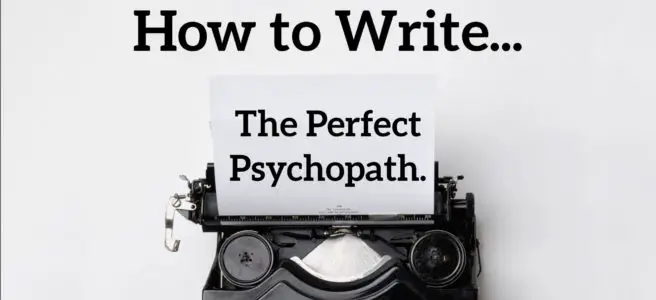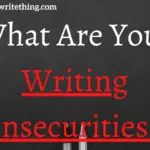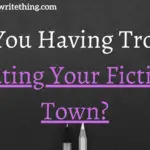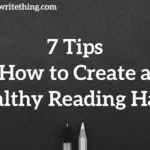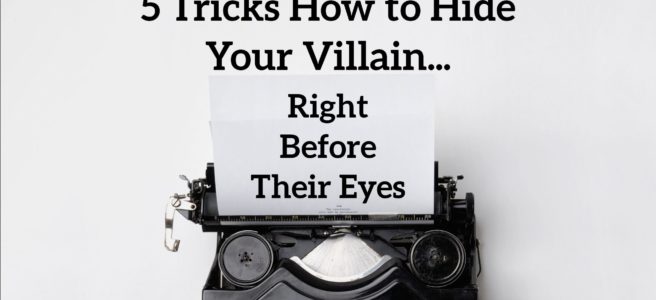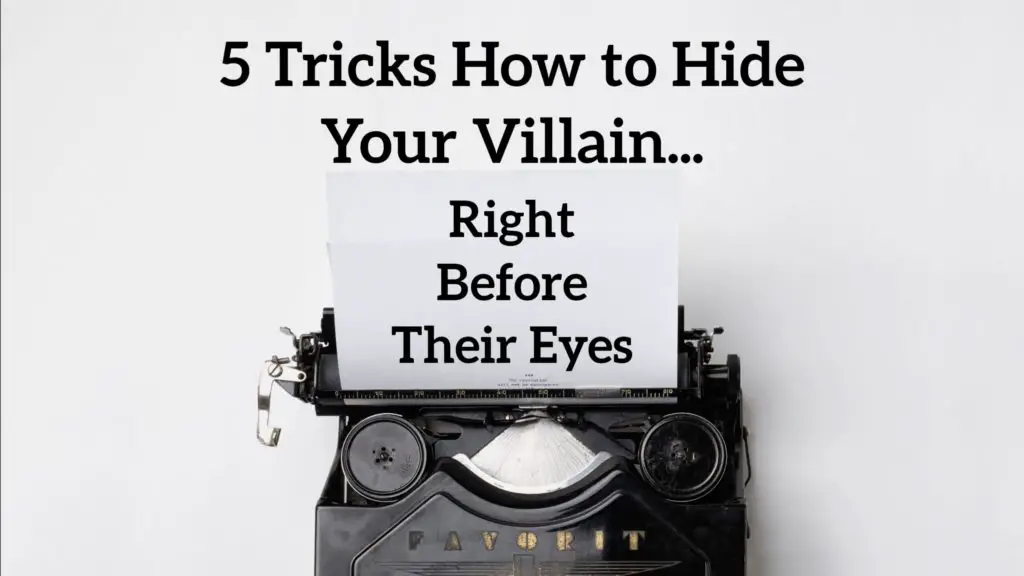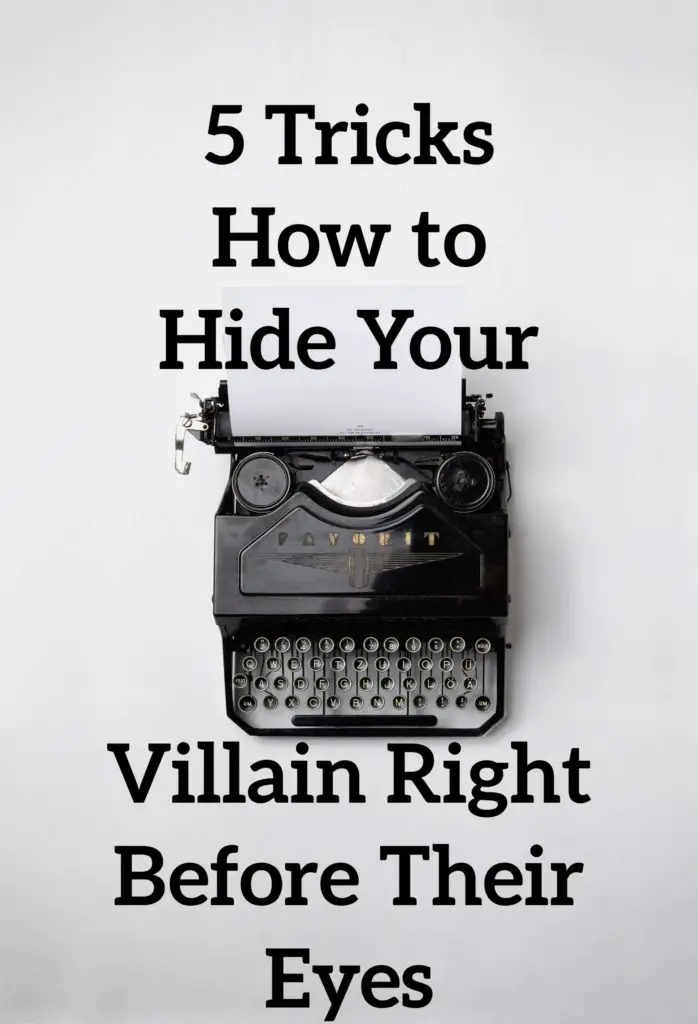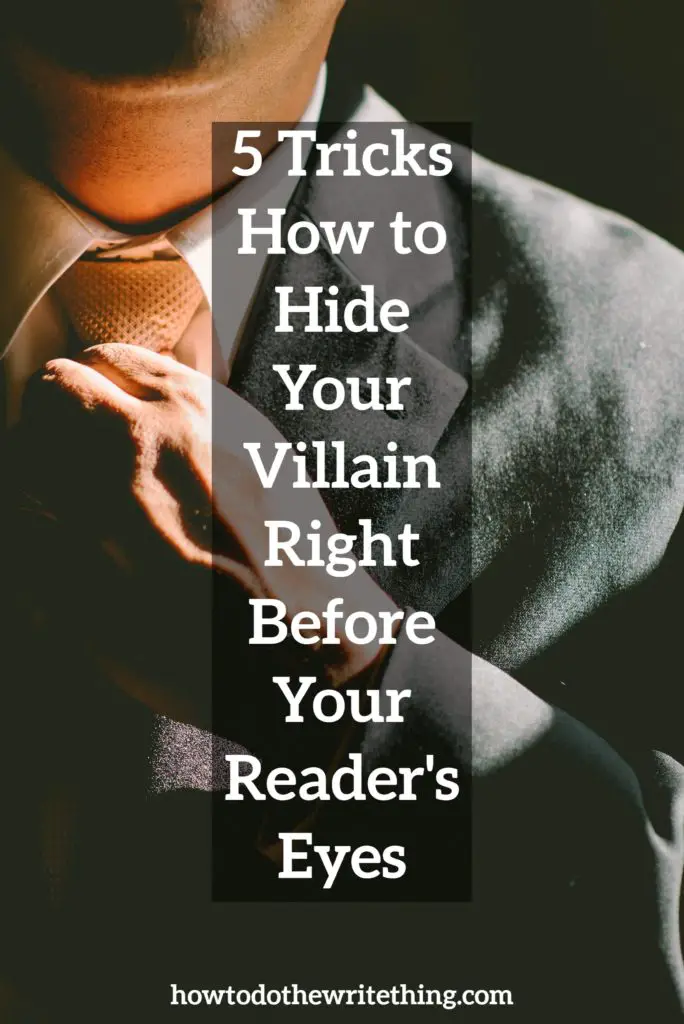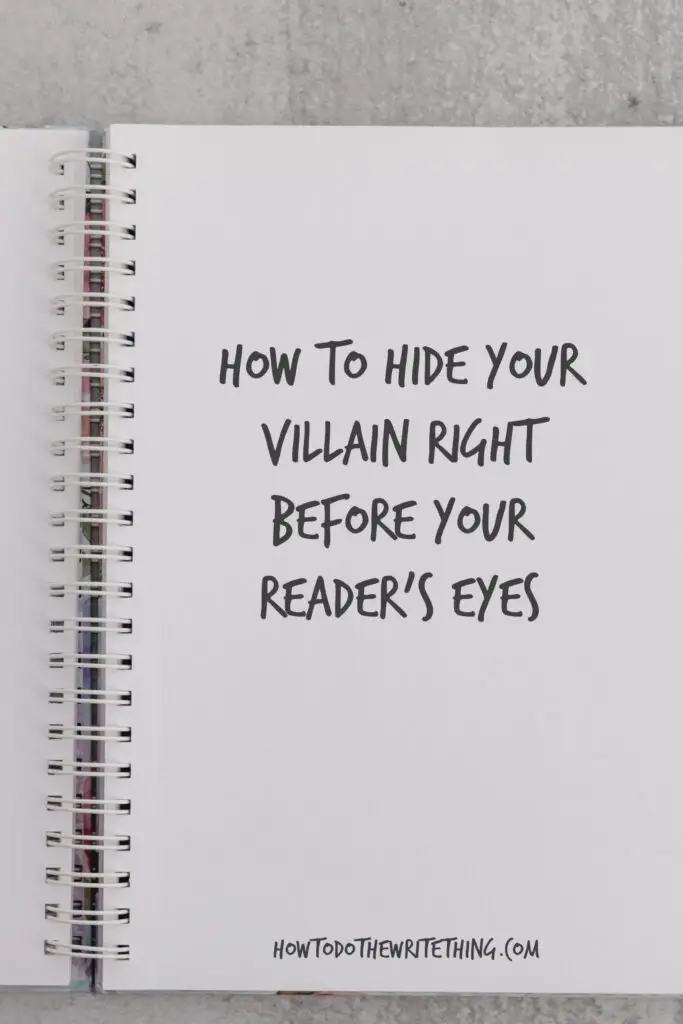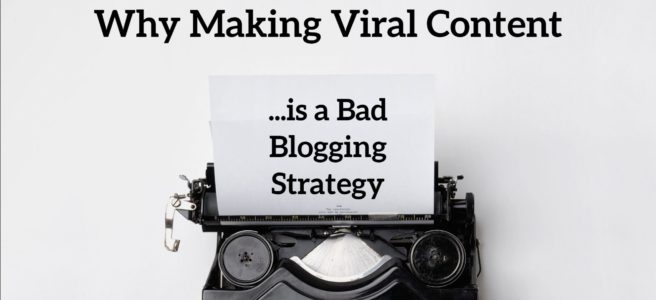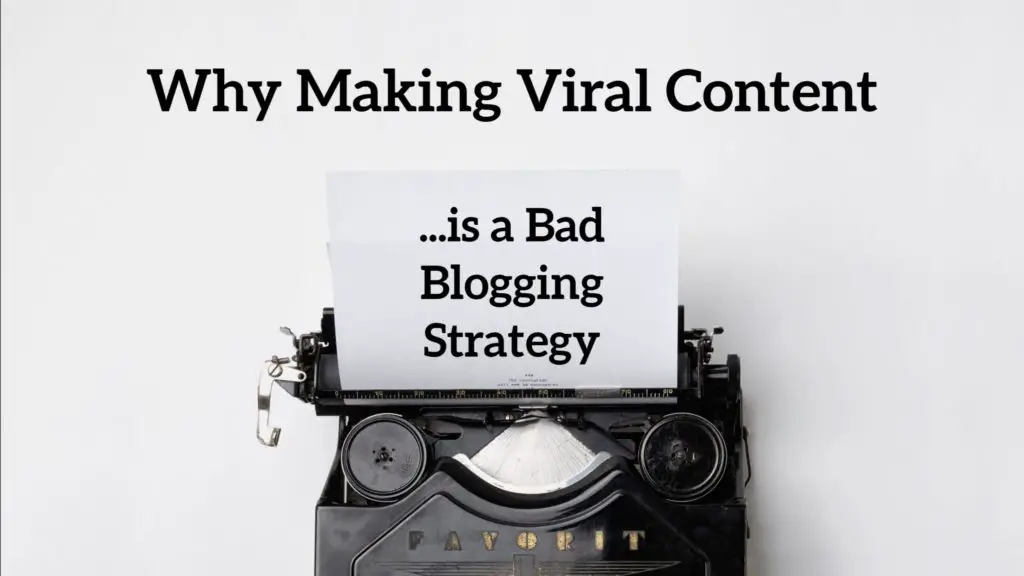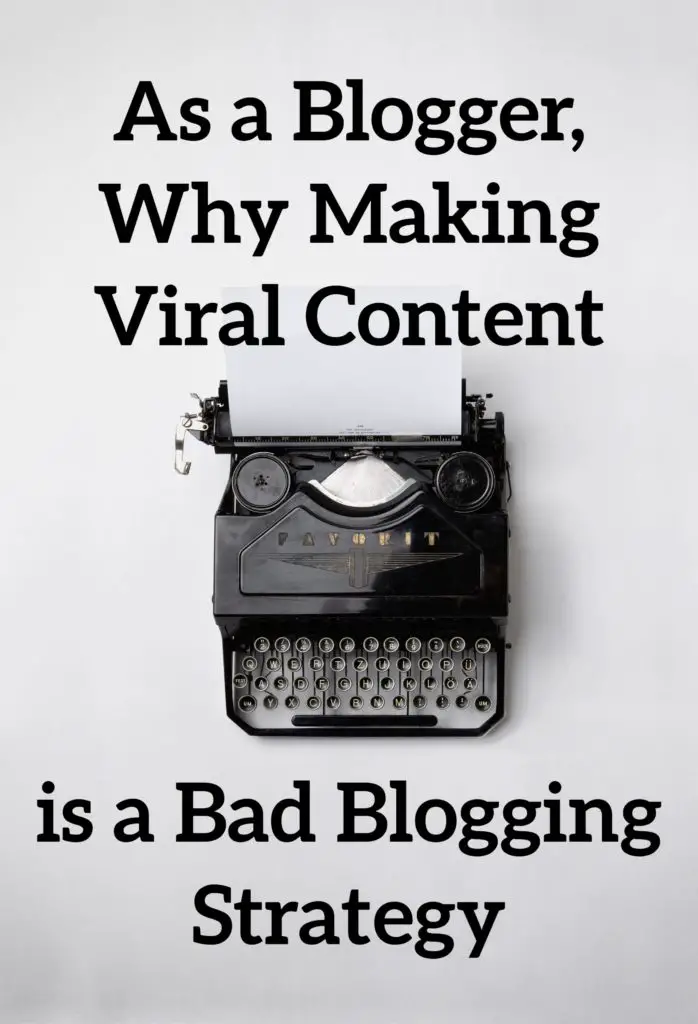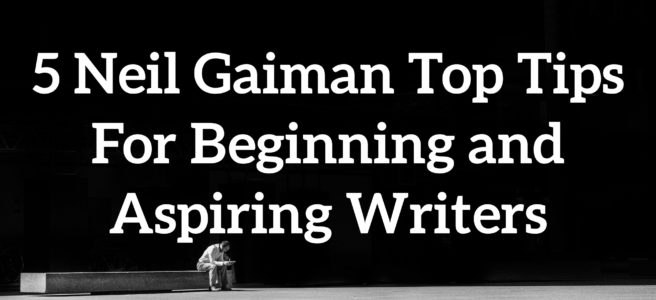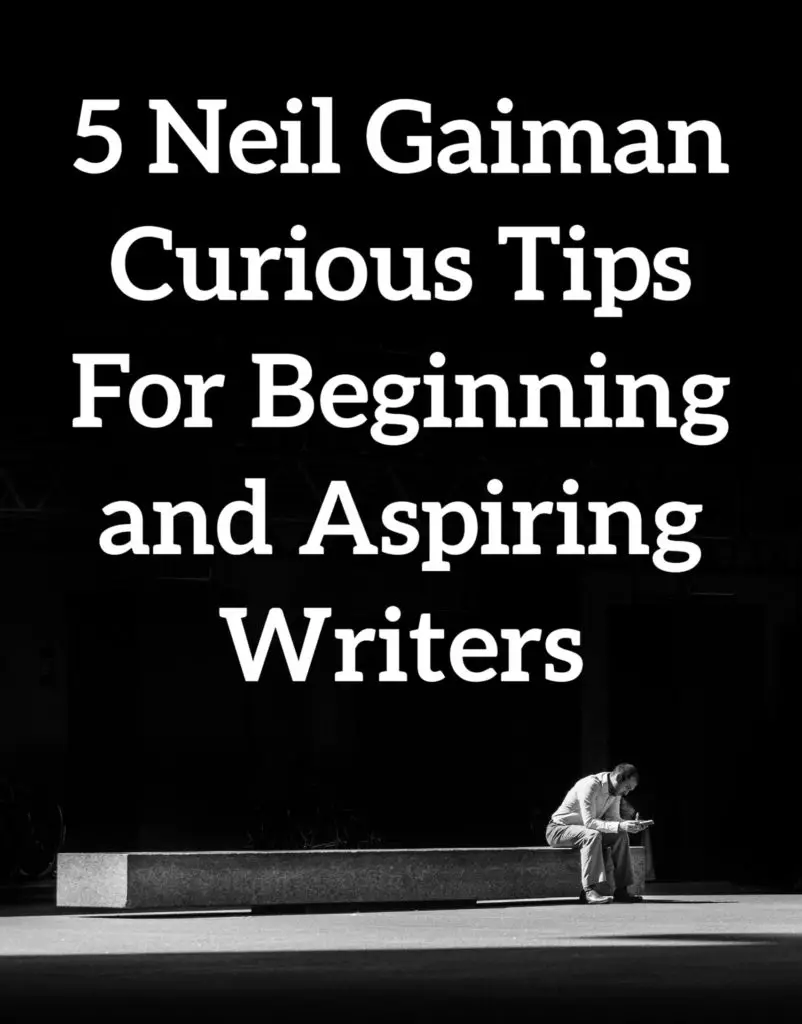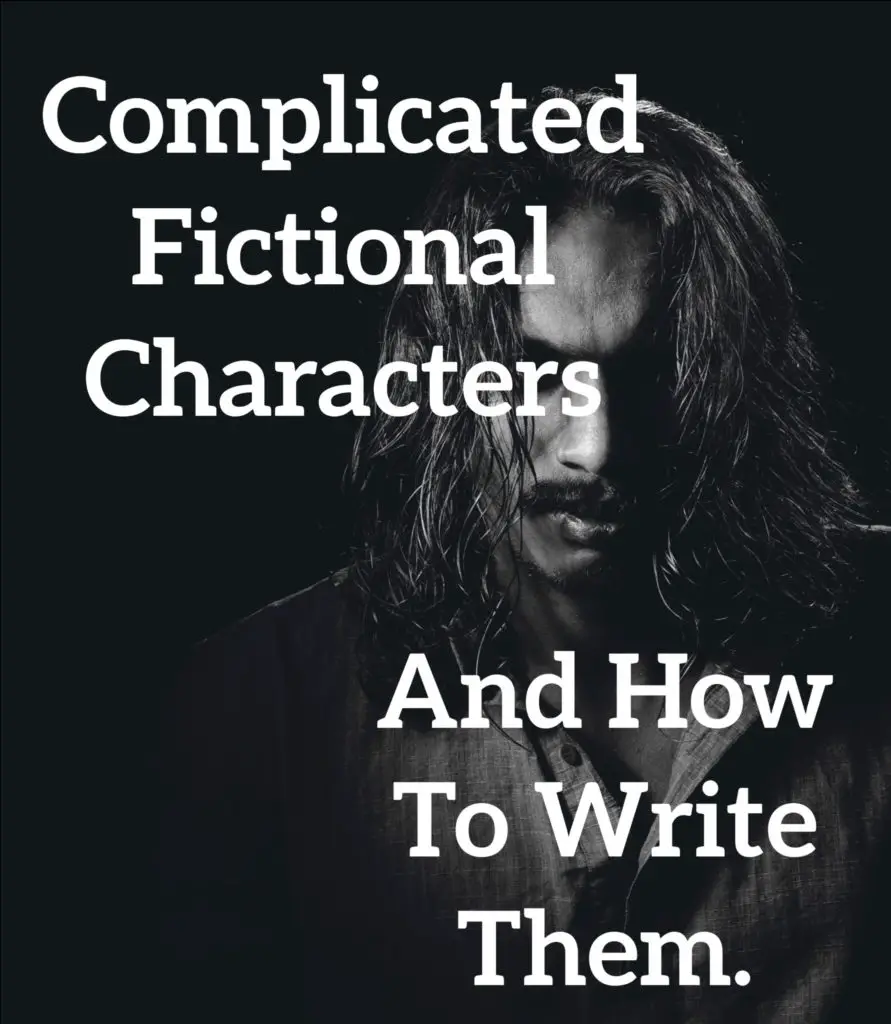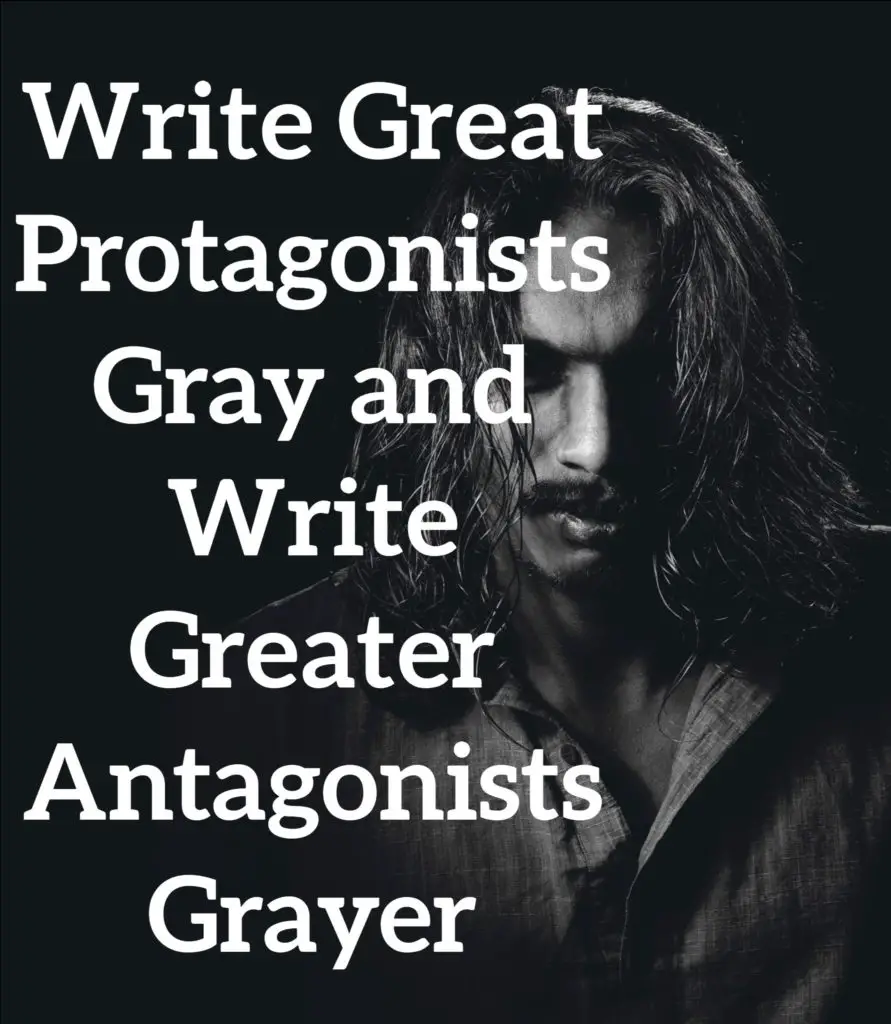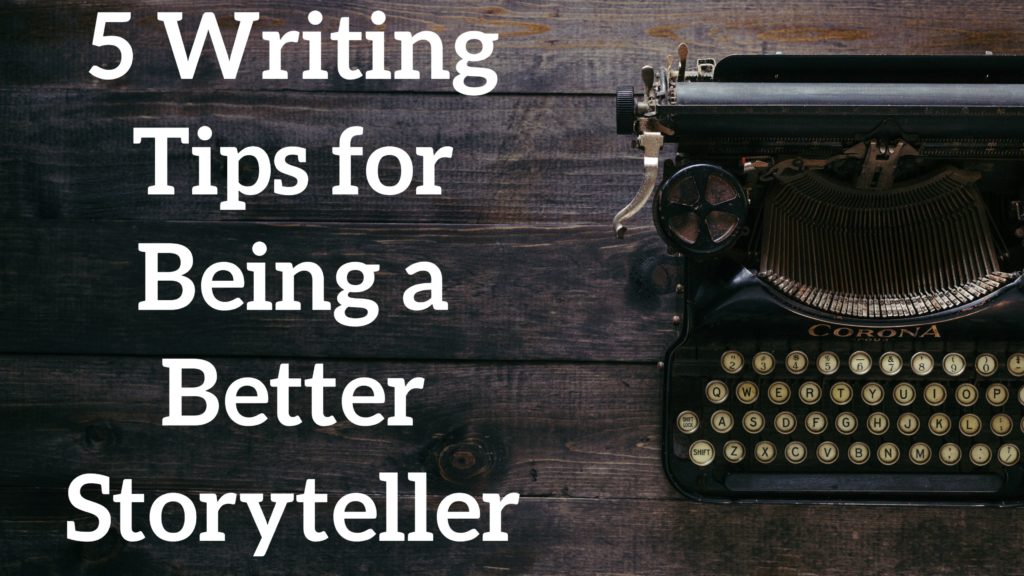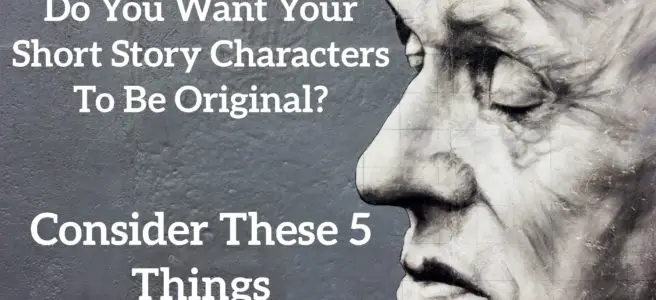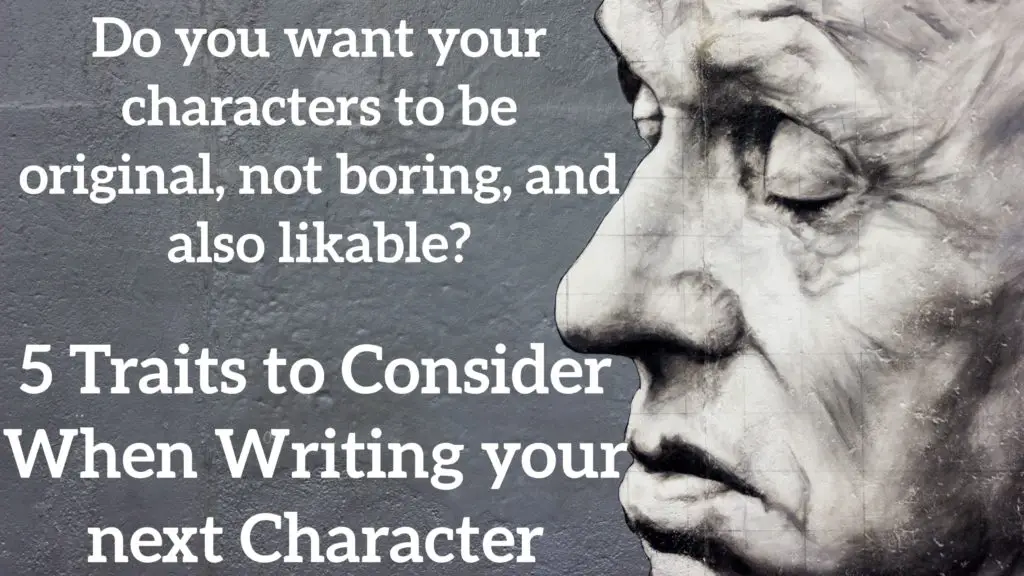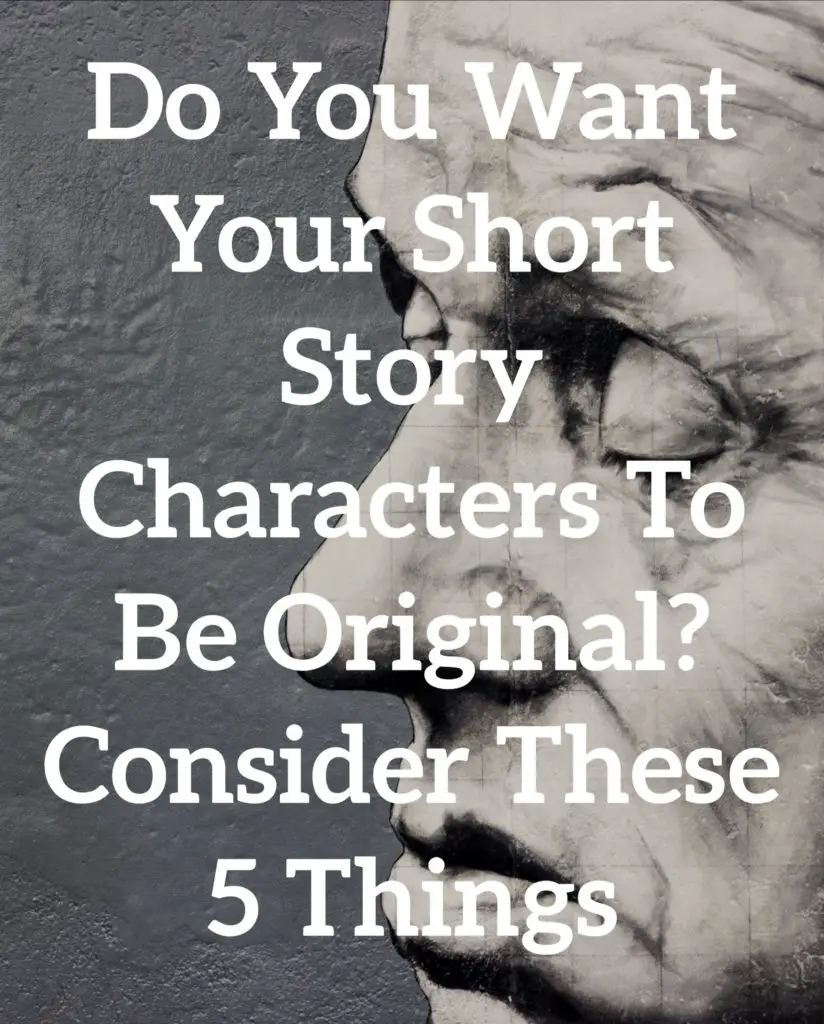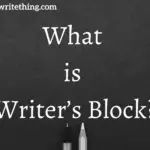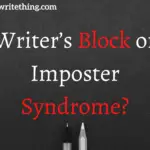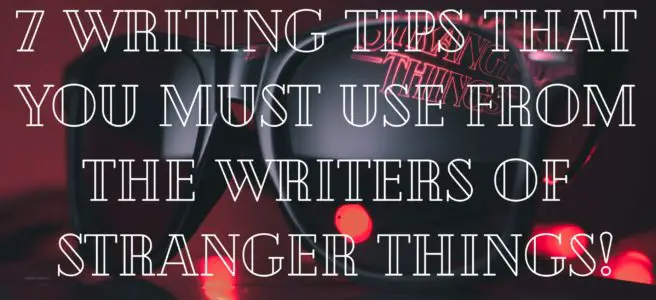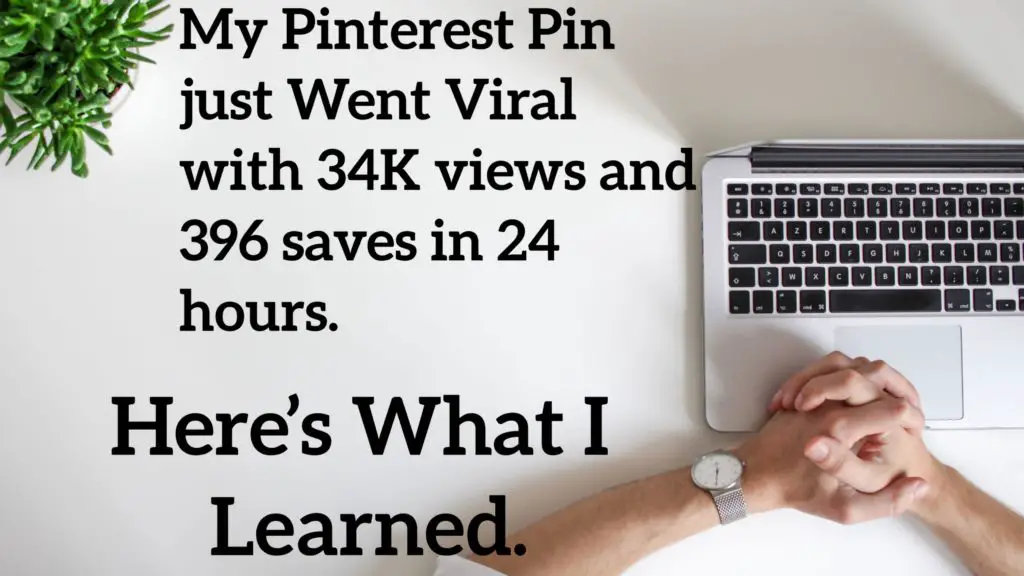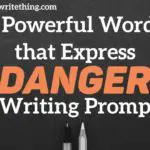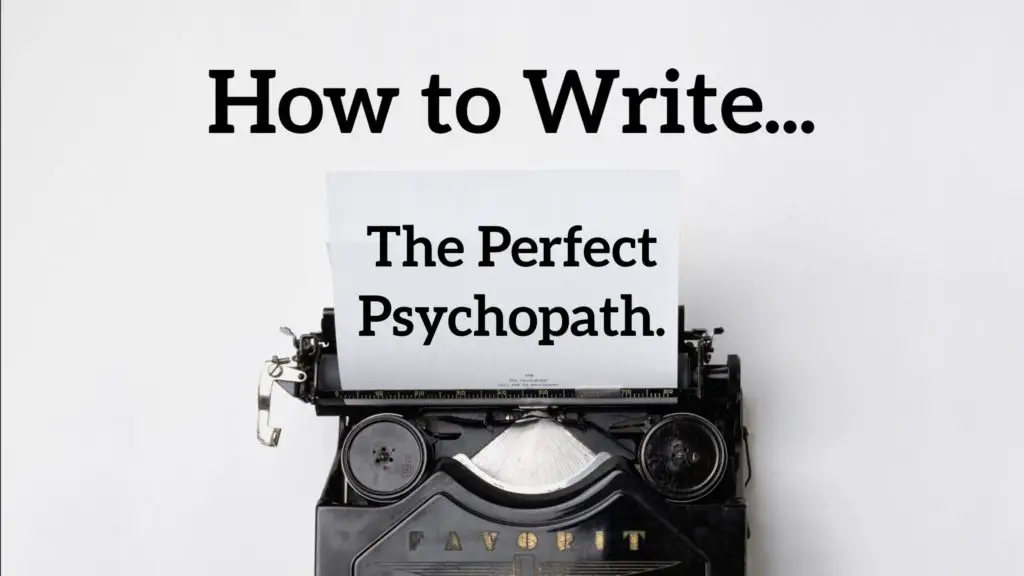
How to Write The Perfect Psychopath
Psychopaths are fun to write because they make epic villains.
They also make for an extremely fascinating protagonist.
For whatever reason you’re are looking to write one, you are in for a fun ride researching the perfect psychopath and bringing them to life.
Some Things you Should Know to Write the Perfect Psychopath:
Perfect Psychopaths Feign Charm Like It’s Their Role in a Movie
Psychopaths are usually well-adapted actors. They feel nothing emotionally and so they learn to adapt to society by figuring out the “rituals.”
-Smile
-wave
-be polite
– when someone tells you something bad has happened to them, react with a sad face and say “I’m sorry that happened to you.”
-when someone tells you good news, smile and say “How wonderful for you!”
-When someone tells you they are having a baby, don’t ask them if they’ve considered the safety of the vehicle they are currently driving. Pretend to be excited for them.
– In public, don’t stare.
-If you are caught looking, pretend not to be.
The Perfect Psychopaths think in terms of how to adapt to their environment and get what they want.
They can be very good at charming you while having sinister motives behind getting closer to you.
Usually, if a psychopath is charming toward you they are trying to get something from you or get away with something without you knowing.
They are like chameleons and do their best to adapt to any given situation. If they make a mistake they may lash out with anger or recoil and manipulate by feigning victimization.
The perfect psychopath will have multiple backup plans for blending into their desired social circles.
The Perfect Psychopaths have an extreme sense of self-importance and maybe even a “God Complex”
They usually see themselves as geniuses and view everyone else as less intelligent than they are.
Even if they carry out heinous acts against unsuspecting victims they can often be delusional in thinking that what they are doing has a “greater” purpose and centuries from their lifetime, societies will see their genius and call them heroes.
They act on the desire to have others see them as they see themselves: as the hero, the genius, the great savior of the world.
You may find that as a “good” character they are narcissistic and intelligent and think everyone around them is dumber than themselves, but they will act in appropriate manners when the social situation calls for it.
You can write your perfect psychopath as someone that has trained themselves to act correctly, or you can write your psychopath as someone that is learning social manners.
Either way can make for fun writing and complex dynamics.
Want to get paid to write? Check out Writing Paychecks
- There is a simple method over 30,000 people use to get paid for freelance writing online.
- Opportunities can get started in just minutes a day, all from your home couch.
- It’s easy to get started! No previous experience or degree required to start.
- Exclusive job listings for writers, updated daily.
Check out Writing Paychecks to see if you can start getting paid to write today.

If you enjoy How to Write The Perfect Psychopath, Storytelling, and writing in general, you might love owning a domain of your own where you can write about it? Ever want to own your own domain name (Yourname.com)?
Bluehost hosts your blog so that you can own your domain and make money blogging. Check them out only if you’re interested in making money blogging; otherwise, go for a free blog instead 🙂
Try Grammarly, The Free tool that should be in every writer’s toolbelt.
How to Write The Perfect Psychopath
Check this out.
The Perfect Psychopaths MUST have a Plan and have Everything in Their Control
How to Write The Perfect Psychopath
Enjoying How to Write The Perfect Psychopath? Consider sharing this social-friendly image:
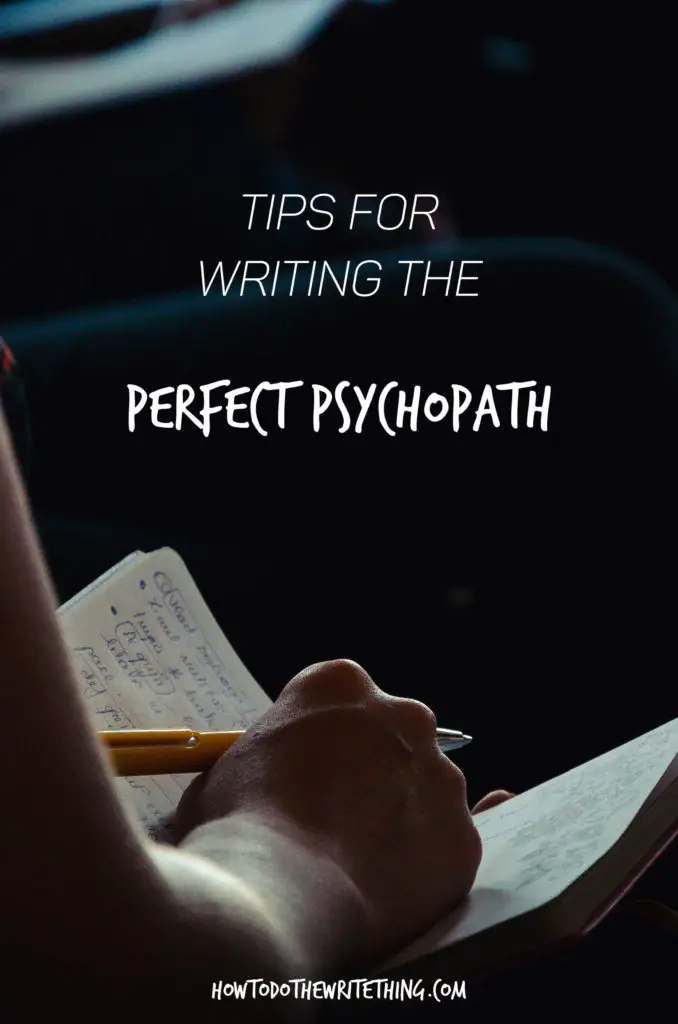

How to Write The Perfect Psychopath
I wouldn’t say the perfect psychopaths are big planners as much as they make a plan for everything because they must have a sense or feeling of control over everything they care about.
For example: Let’s say they have a secret murderous addiction in mind. They are going to be constantly planning out every move. This will enable them to control their family their friends, their victims, the police, and anyone else that happens to get involved along the way. No one must be allowed to get in the way of their plot.
If they are a boss of a company they are going to have each role planned out so that their company succeeds and if anything threatens that they may plan to “take care of it” by whatever means possible.
Child psychopaths will find ways to control their friends, siblings, and parents. Whatever their “world” is they will naturally plan out how to control the situations and they might not even realize it while they are doing it.
Psychopaths are usually Emotionally Inept.
This trait plays a role in their need to be amazing actors. They don’t want to be good at acting, they need to be.
They have a hard time socially knowing when and how to express the right emotions at the right time until they learn to from an outside source.
They don’t feel emotions like the rest of us.
This makes them disconnected and unable to connect with most anyone.
Humans rely on emotions to connect with each other and feel for each other. They can only make real connections when they are taught or teach themselves social cues and showing emotions based on the circumstance.
They do emote anger, but sadness and regret they seem to have a difficult time with. It has more to do with how they feel about other character’s situations.
If someone knows what it feels like to experience loss, they are more likely to feel empathy for another human when they see them also experiencing loss.
Psychopaths are unable to feel empathy for this reason.
They have no idea what it feels like to feel emotionally bad so they have no idea how to feel bad for anyone else.
If they decide to try to learn to act appropriately, it is mostly to be able to control their environment to continue to get what they are trying to get and not lose relationship points with those that they have convinced to trust them and be around them.
Some psychopaths learn to react to situations as if they are feeling emotions and some don’t bother.
Usually, a sinister psychopath will view feigning emotion to make people happy as a futile game that is a waste of time and energy.
A more mogul psychopath that wants lots of power will view feigning emotion as a way to gain peoples’ favor and trust and they need people in order to become more powerful. (Think of some politicians that might think this way.)









Psychopaths are MASTER MANIPULATORS.
You may find your master manipulative psychopath being the second in command of an army whispering one thing to one general and another thing to another general so that the two generals fight and the psychopath gets what they want out of it.
They like to play master of puppets behind the scenes.
They love to know that what they say and do controls people and their decisions. It feeds their feelings of importance and intelligence above others.
You might find your psychopath in high school dating the most popular boy in school so that people like her and see her as popular, but in secret, she hangs out with the boy next door that is the weird kid at school.
You would never catch her dead talking to her true friend at school, but only at home when no one sees her. Remember she can never lose control.
Your master manipulator might be working his way up the corporate ladder and find him figuring out who his next competitor is so that he can find ways to take out his competitor from the running.
Remember, psychopaths, need to be in control. So she or he is not just going to work hard to get the position. They will plan and scheme to MAKE ABSOLUTELY SURE there is no way possible that he could lose.
If you enjoy How to Write The Perfect Psychopath, Storytelling, and writing in general, you might love owning a domain of your own where you can write about it? Ever want to own your own domain name (Yourname.com)?
Bluehost hosts your blog so that you can own your domain and make money blogging. Check them out only if you’re interested in making money blogging; otherwise, go for a free blog instead 🙂
Try Grammarly, The Free tool that should be in every writer’s toolbelt.
How to Write The Perfect Psychopath
Check this out.
Even if it means creating a trap that breaks his competitor’s leg so that they have to take sick leave for months while the bosses choose who gets the position.
You might find your psychopath manipulator as a bank teller who regularly uses access to people’s information and money spending “habits” as blackmail for keeping their money secrets.
As you look to get ideas for writing your next psychopath I hope this helps!
How to Write The Perfect Psychopath
Want to get paid to write? Check out Writing Paychecks
- There is a simple method over 30,000 people use to get paid for freelance writing online.
- Opportunities can get started in just minutes a day, all from your home couch.
- It’s easy to get started! No previous experience or degree required to start.
- Exclusive job listings for writers, updated daily.
Check out Writing Paychecks to see if you can start getting paid to write today.









Now get outta here and write something!
A sure-fire way to become a better writer is to start a blog of your own in a niche you are passionate about: All You Need to Know To Start a Blog Here!
Try Grammarly, The Free tool that should be in every writer’s toolbelt.
How to Write The Perfect Psychopath
Other Posts You Just Might Find Fascinating:
Why Start a Blog?
10 Tips How to Write Villains that Play Mind Games with Their Victims
6 Easy Practical Steps to Becoming a Better Writer in 30 Days or Less
What Should I Write About: 22 Writing Prompts to Give You BIG IDEAS
If you enjoy How to Write The Perfect Psychopath, Storytelling and writing in general, you might love owning a domain of your own where you can write about it? Ever want to own your own domain name (Yourname.com)?
Bluehost hosts your blog so that you can own your domain and make money blogging. Check them out only if you’re interested in making money blogging; otherwise, go for a free blog instead 🙂
Try Grammarly, The Free tool that should be in every writer’s toolbelt.
How to Write The Perfect Psychopath
Check this out.
Make sure your posts are readable. Use this readability score check
Want to check out a writer’s community to test your writing and get feedback?
How to Write The Perfect Psychopath
Enjoying How to Write The Perfect Psychopath? Consider sharing this social friendly image!
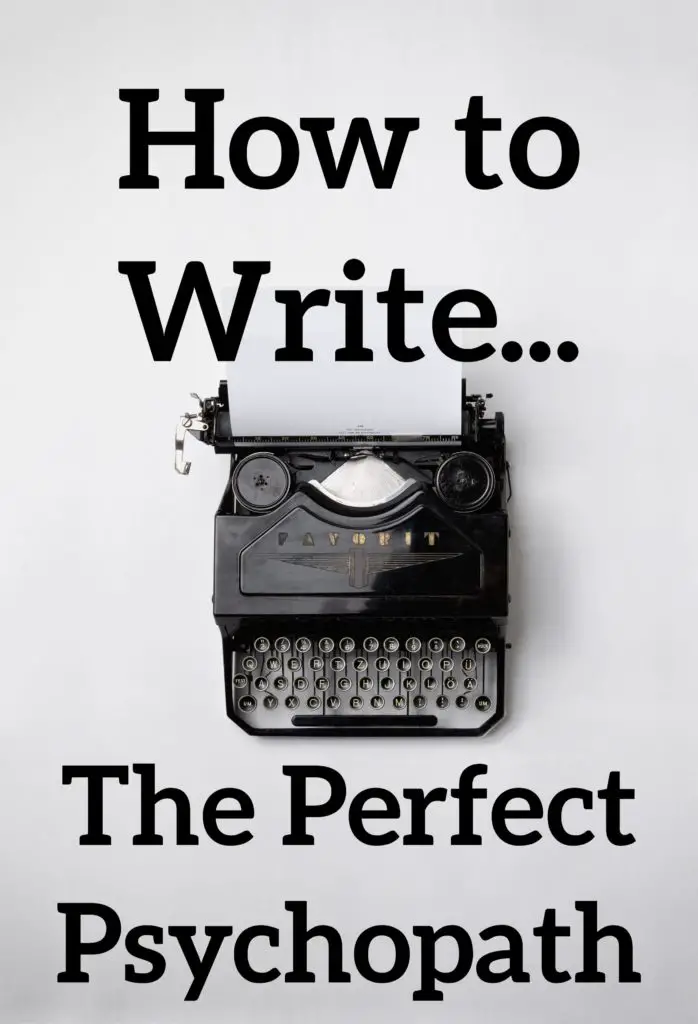

How to Write The Perfect Psychopath
If you enjoy How to Write The Perfect Psychopath, Storytelling and writing in general, you might love owning a domain of your own where you can write about it? Ever want to own your own domain name (Yourname.com)?
Bluehost hosts your blog so that you can own your domain and make money blogging. Check them out only if you’re interested in making money blogging; otherwise, go for a free blog instead 🙂
Try Grammarly, The Free tool that should be in every writer’s toolbelt.
How to Write The Perfect Psychopath
Check this out.
